
Paintings 19th Century — 130-3: Gemälde, Möbel & Einrichtung
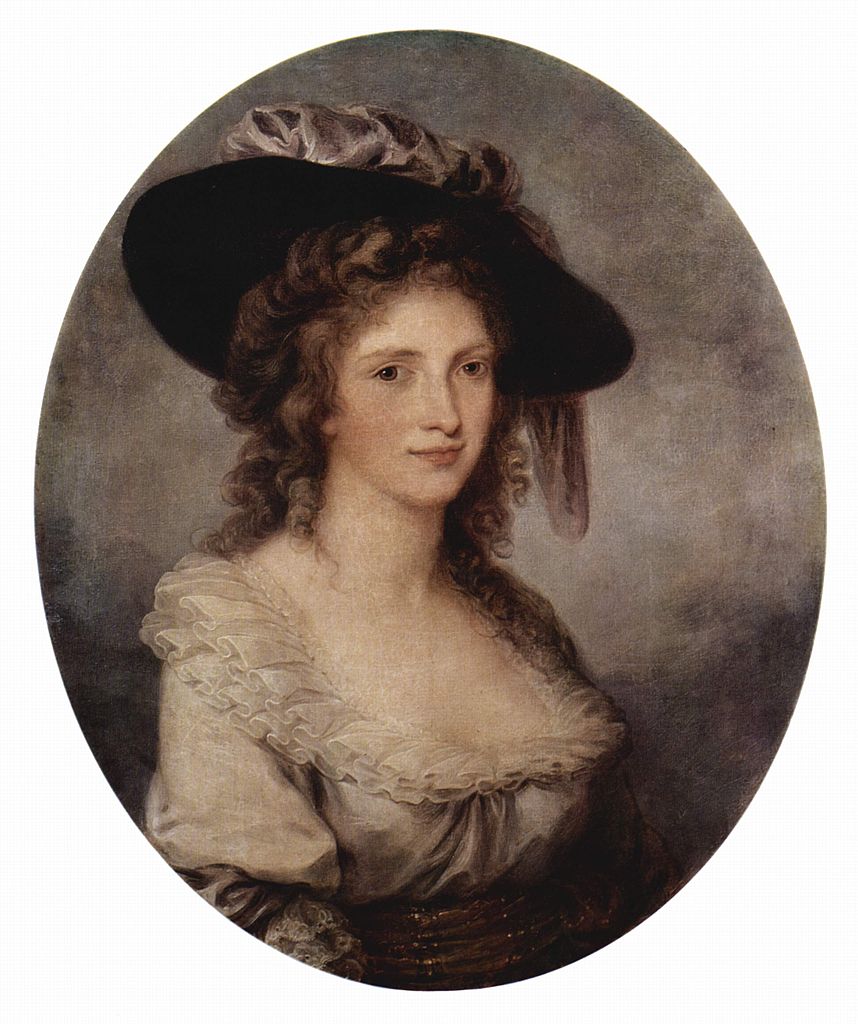
Maria Anna Angelica Kauffmann was a Swiss Neoclassical painter who had a successful career in London and Rome. Remembered primarily as a history painter, Kauffmann was a skilled portraitist, landscape and decoration painter. She was, along with Mary Moser, one of two female painters among the founding members of the Royal Academy in London in 1768.
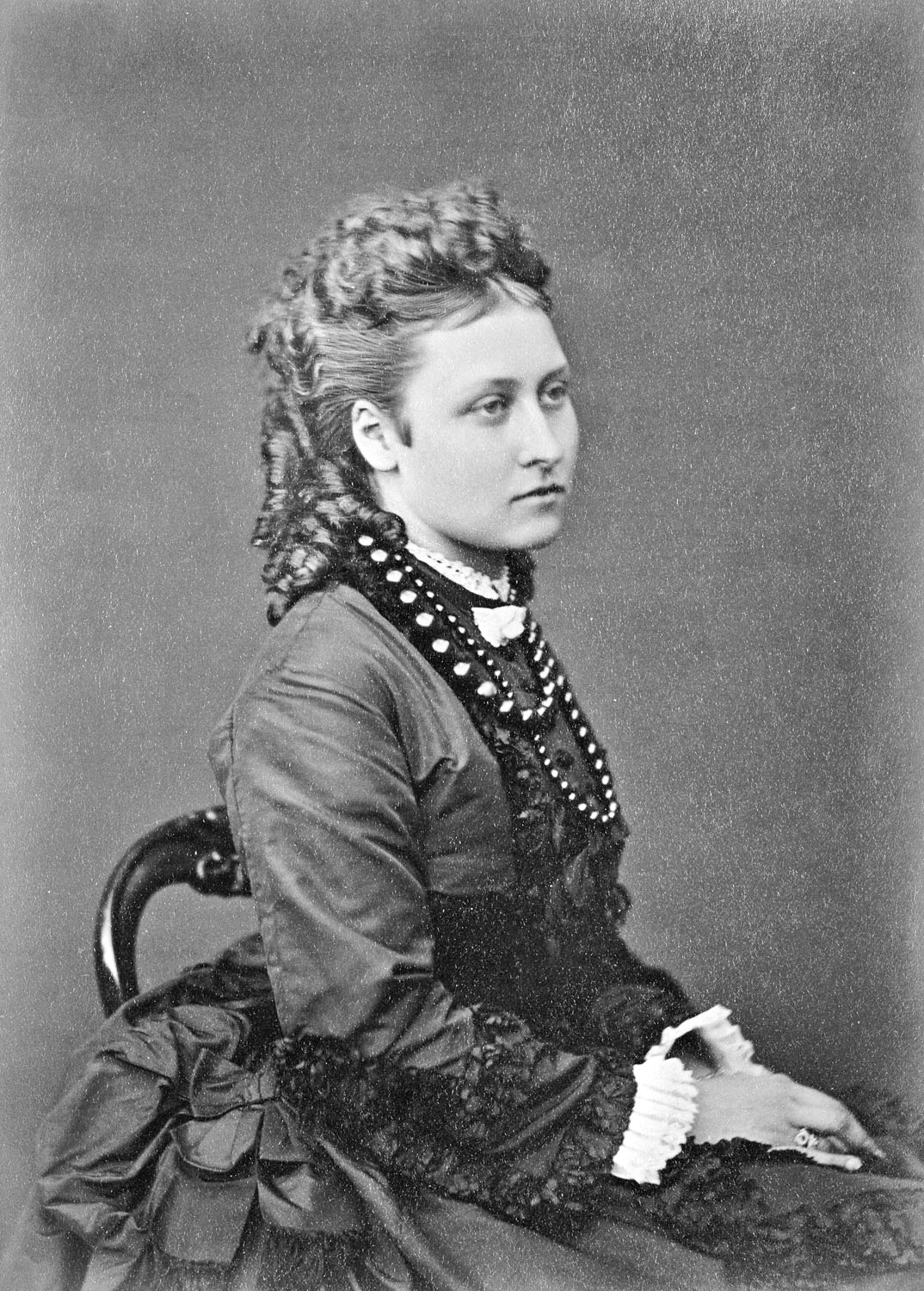
Louise of the United Kingdom was the daughter of Queen Victoria of Great Britain; she married the Duchess of Argyle.
Princess Louise had artistic talents and was a good sculptor and painter. She studied art at the National Art School in South Kensington, later to become the Royal College of Art, under Richard Burchett.
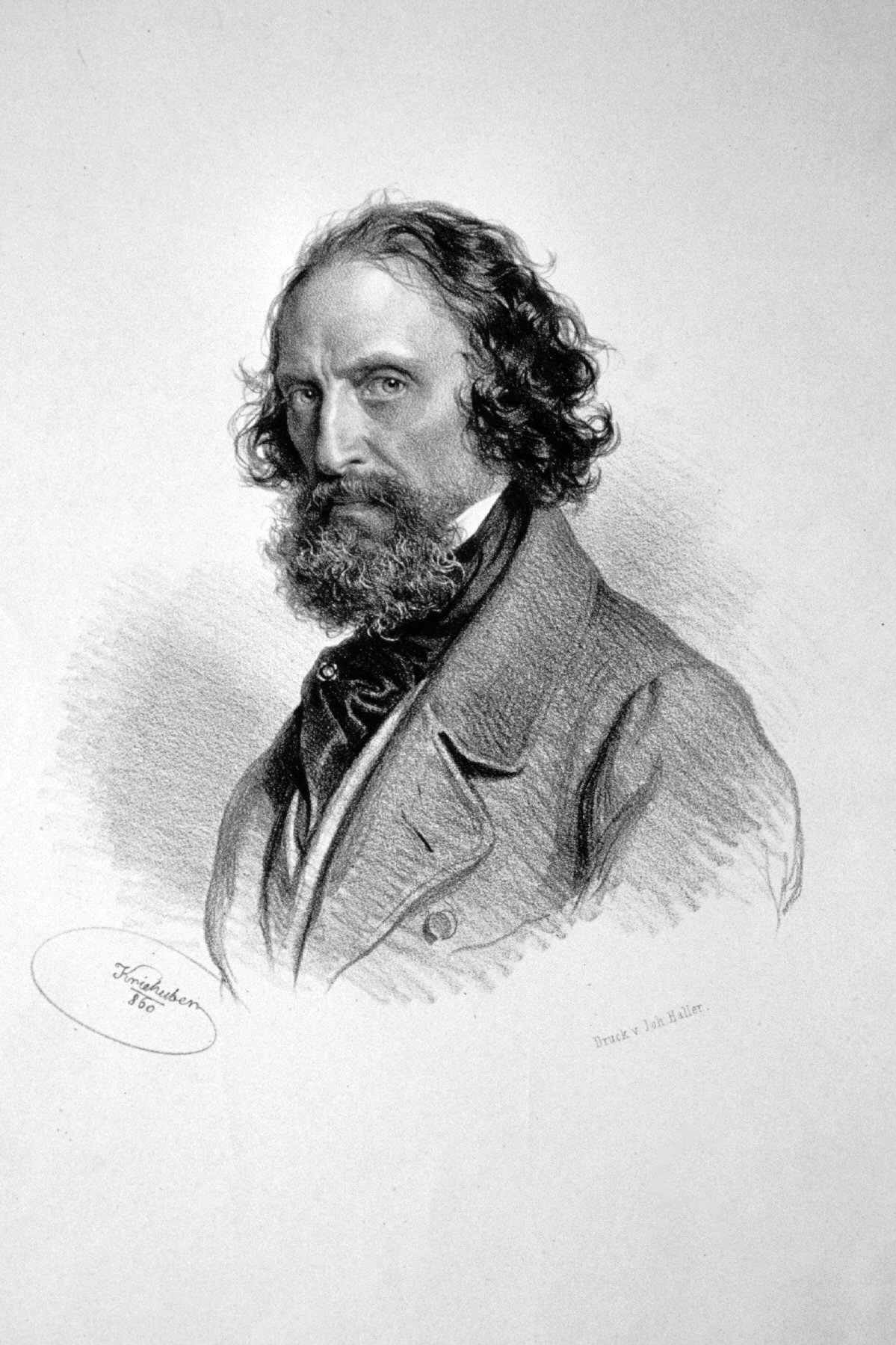
Josef Kriehuber was an Austrian lithographer and painter, notable for the high quality of his lithographic portraits. He made numerous portraits for nobility, well-known personalities, and government officials. Josef Kriehuber left more than 3000 lithographs, with portraits of many people.
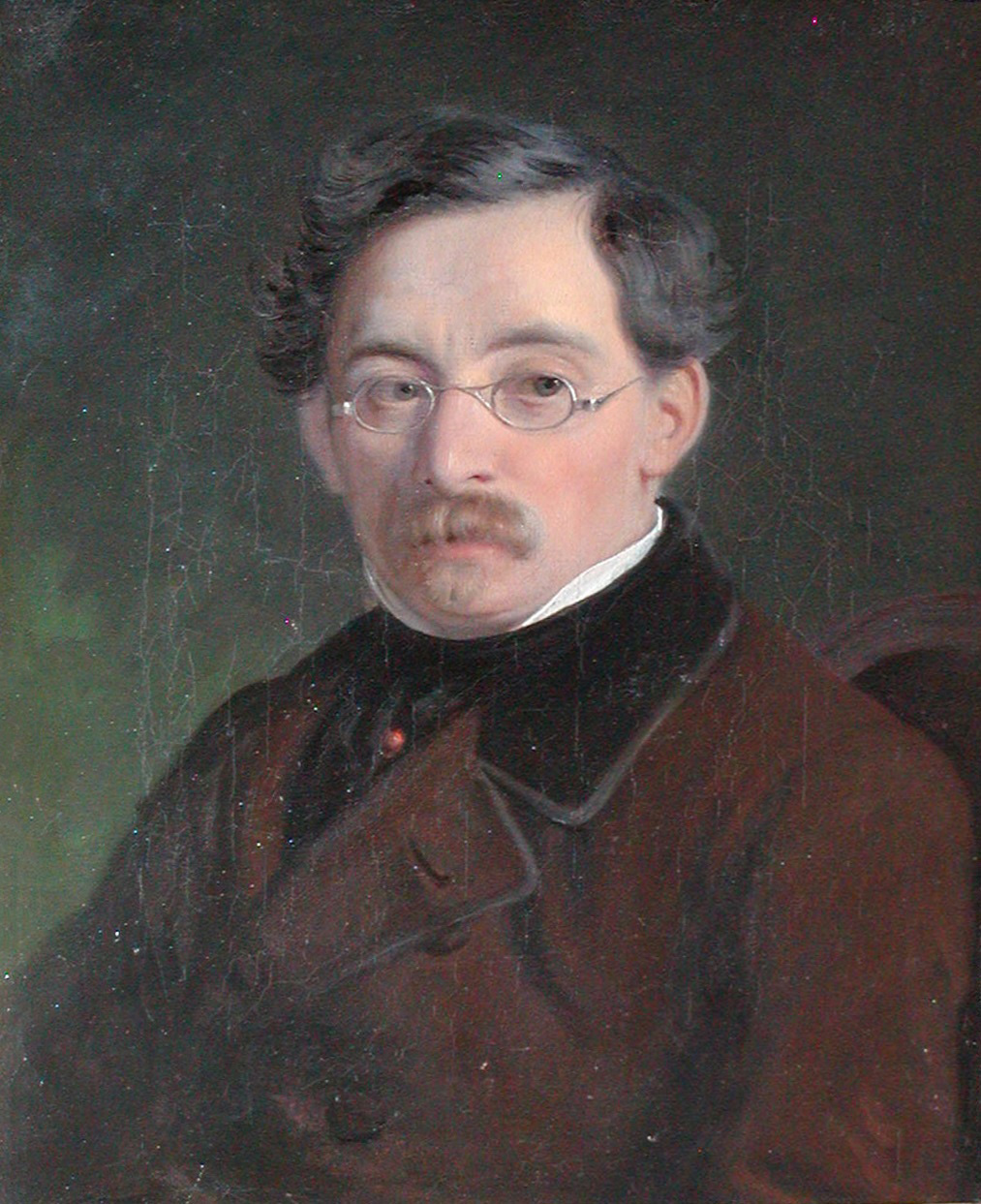
Ernst Meyer was a Danish genre painter of Jewish origin. He studied painting at the Royal Danish Academy of Arts.
Ernst Meyer travelled extensively, living for a time in Germany, France, Switzerland and Italy. It was the colourful street life of Rome that first inspired him to create genre scenes.
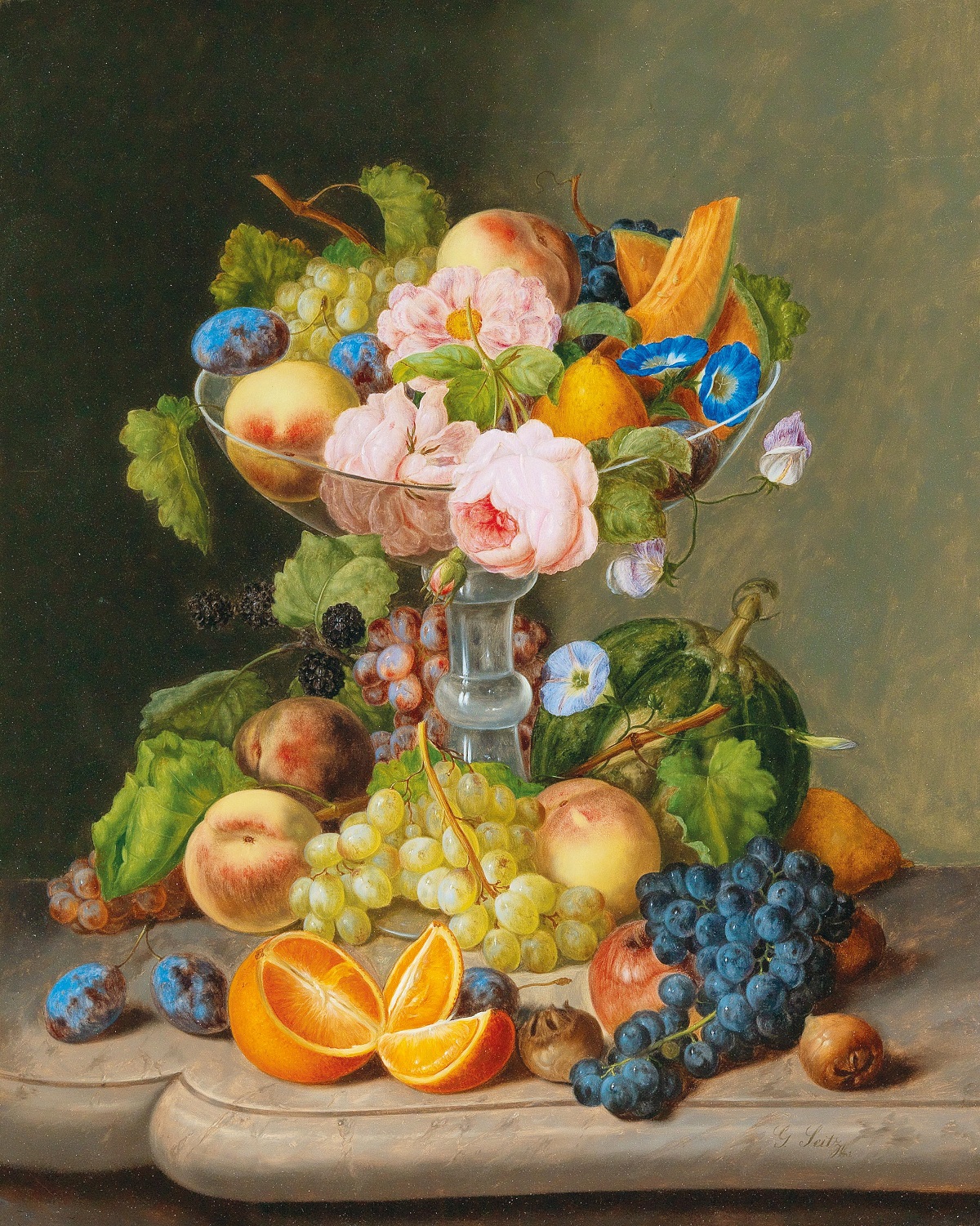
Johann Georg Seitz was a German-Austrian painter. Supposedly trained in painting at the Vienna Academy of Fine Arts.
Johann Georg Seitz's artworks are characterised by still lifes with flowers, animals and fruit. His obituaries on his death also described him as a "superb landscape painter".
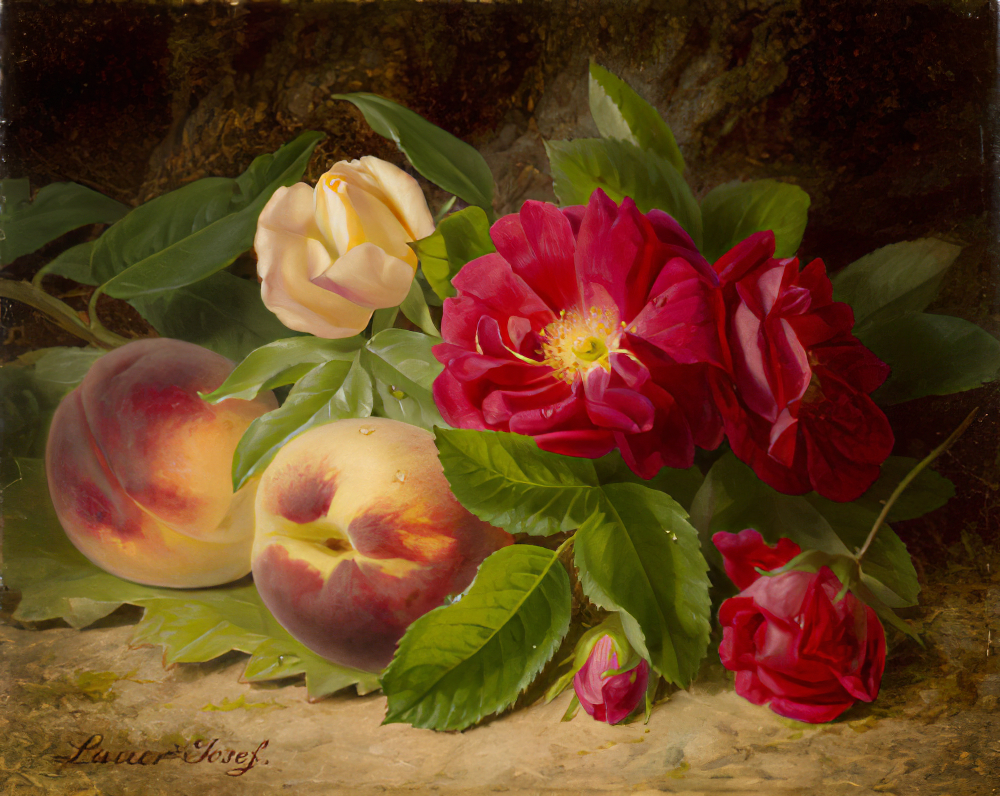
Josef Lauer was an Austrian painter who worked during the Biedermeier period.
Josef Lauer studied painting at the Vienna Academy of Fine Arts under Sebastian Wegmayr, Josef Messmer, Thomas Ender and Franz Steinfeld. Throughout his career he devoted himself exclusively to painting flowers and fruit, becoming the first to incorporate floral still lifes into the landscape; often a forest background.
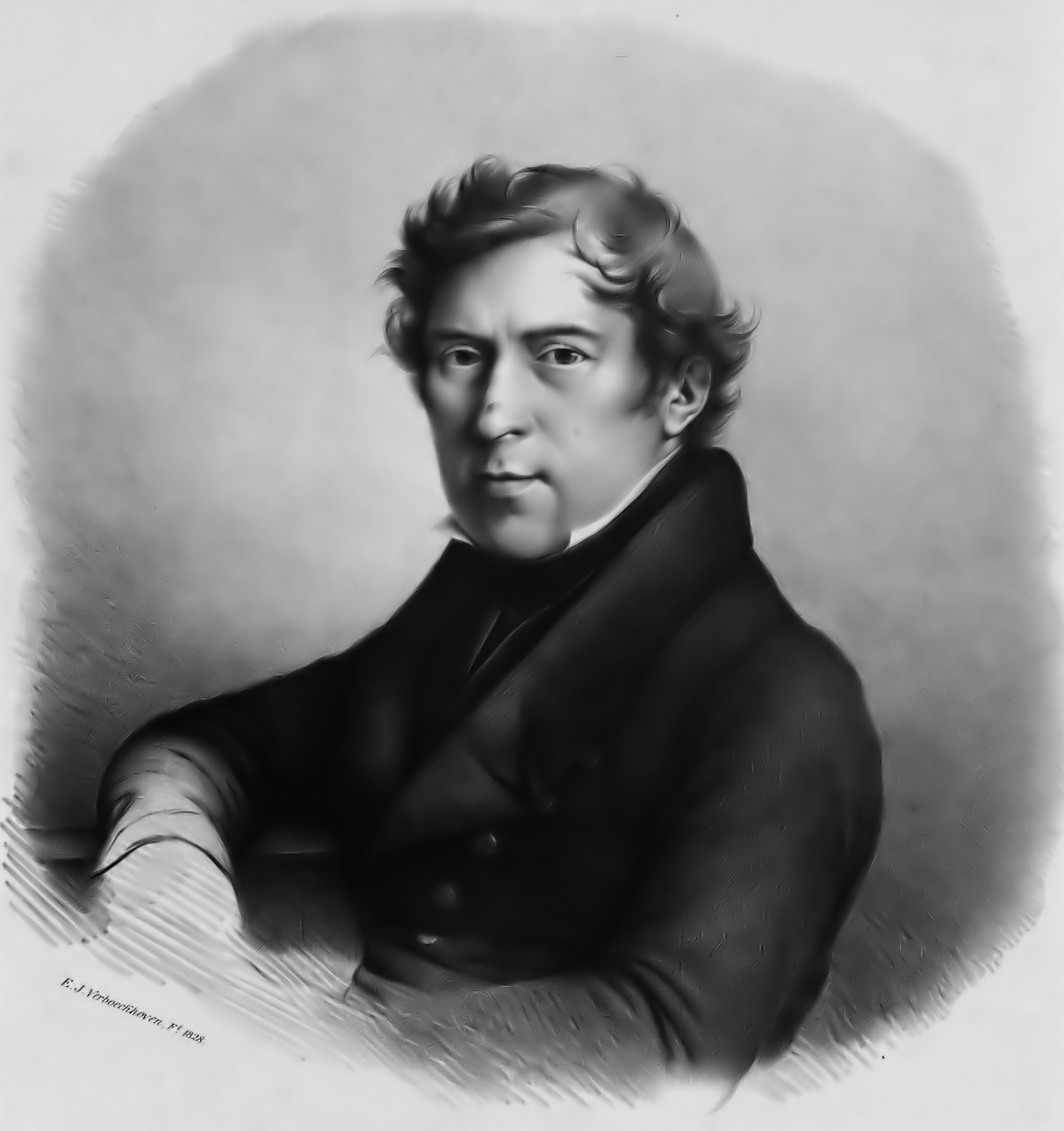
Andreas Schelfhout was a distinguished Dutch painter, etcher, and lithographer, celebrated for his exquisite landscape paintings. Born and based in The Hague, Schelfhout initially trained as a gilder and framemaker before apprenticing to a decorative painter between 1811 and 1814. This period marked the beginning of his journey into landscape painting, with his works being exhibited from 1815 onwards. Andreas Schelfhout's artistry is deeply rooted in the Romantic movement, with his Dutch winter scenes and frozen canals featuring skaters becoming particularly renowned during his lifetime. These works, showcasing a meticulous attention to detail and atmospheric quality, cemented his status as one of the most influential landscape artists of the 19th century.
A notable aspect of Andreas Schelfhout's career was his impact on other artists. He provided training to many painters who would later gain fame in their own right, such as Johan Jongkind, a forerunner of the Impressionists, and Charles Leickert. His advocacy for the use of watercolour in en plein air sketching significantly influenced his students and contemporaries, particularly enhancing the techniques of Jongkind, Jan Hendrik Weissenbruch, and Willem Roelofs.
Andreas Schelfhout's legacy is not only reflected in his influential teaching but also in the breadth of his creations. His works include not just winter scenes but also seascapes and landscapes depicting various aspects of Dutch scenery. His paintings often evoke a nostalgic longing for the past, a characteristic trait of the Romantic style, with elements like the ruins of castles or chapels adding a historical dimension to the landscapes.
Several of Andreas Schelfhout's masterpieces are displayed in prominent museums and galleries, evidencing his significant contribution to the art world. His works can be found in the Rijksmuseum in Amsterdam, the Museum Boymans-van Beuningen in Rotterdam, the Dordrechts Museum in Dordrecht, the Teylers Museum in Haarlem, and the National Gallery in London, among others.
Andreas Schelfhout was not just an artist; he was a pivotal figure in the Dutch Romantic landscape painting scene. His influence extended beyond his own works to shape the styles and techniques of future generations of artists. For collectors and experts in art and antiques, Schelfhout's works represent a significant era in art history, embodying the essence of Romanticism in Dutch landscape painting.
For those interested in staying informed about new product sales and auction events related to Andreas Schelfhout, signing up for updates is highly recommended. This subscription ensures that enthusiasts and collectors are always in the know regarding the latest developments and opportunities related to Schelfhout's artistry.


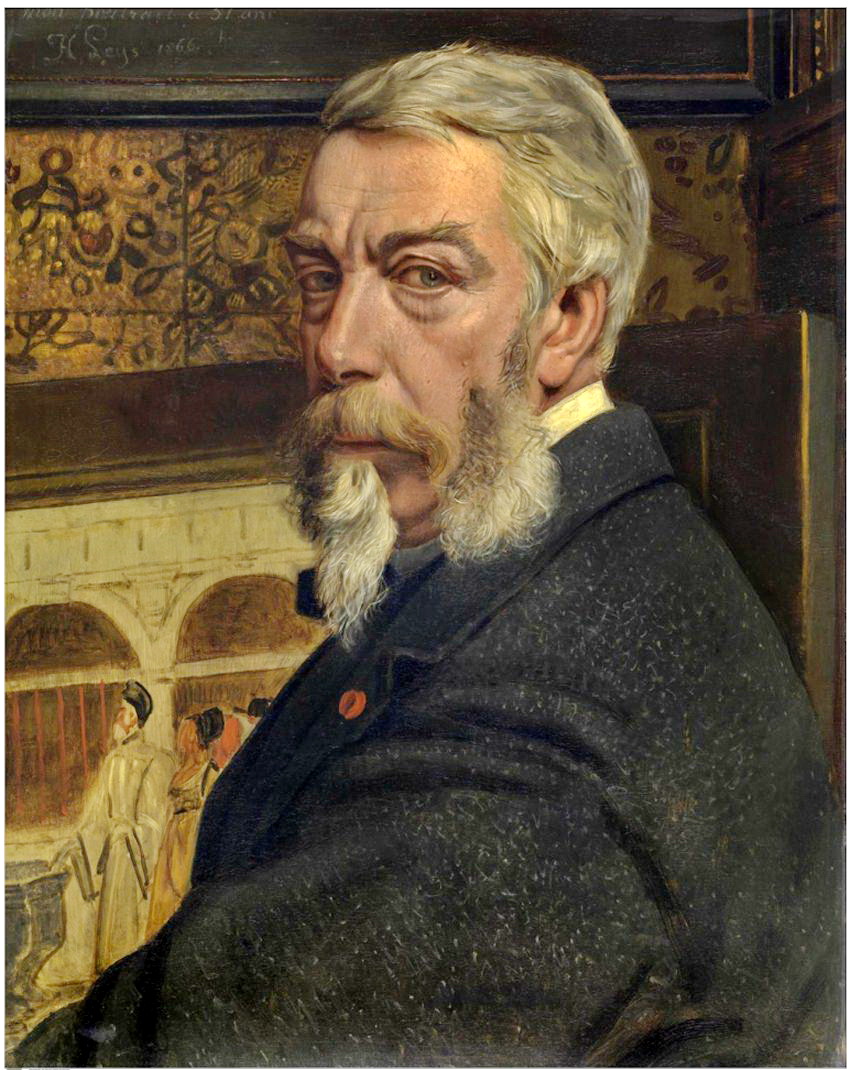
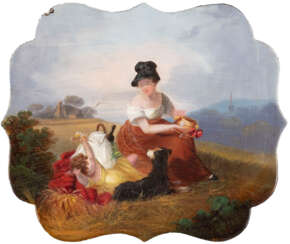











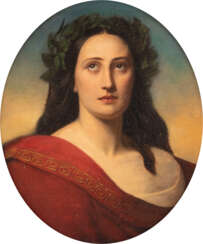



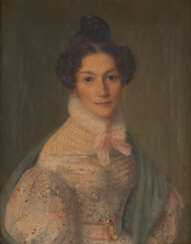



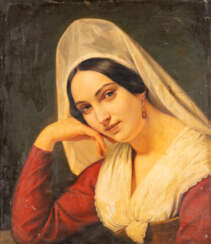

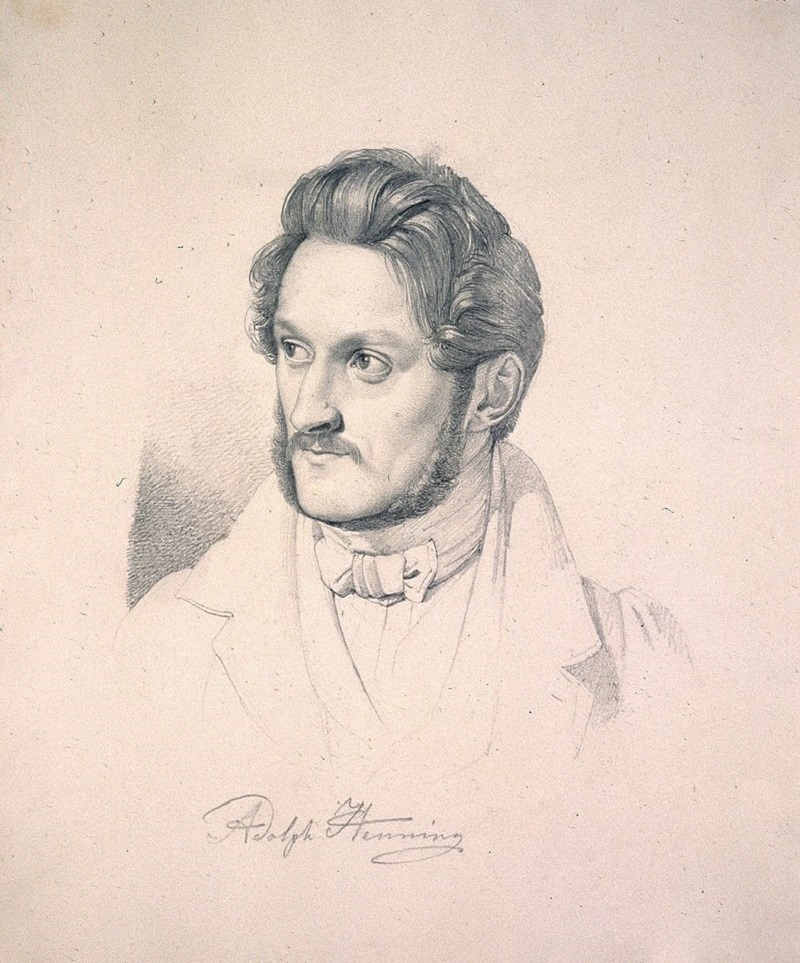
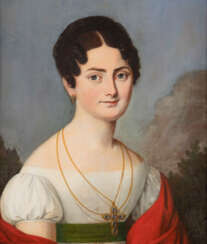





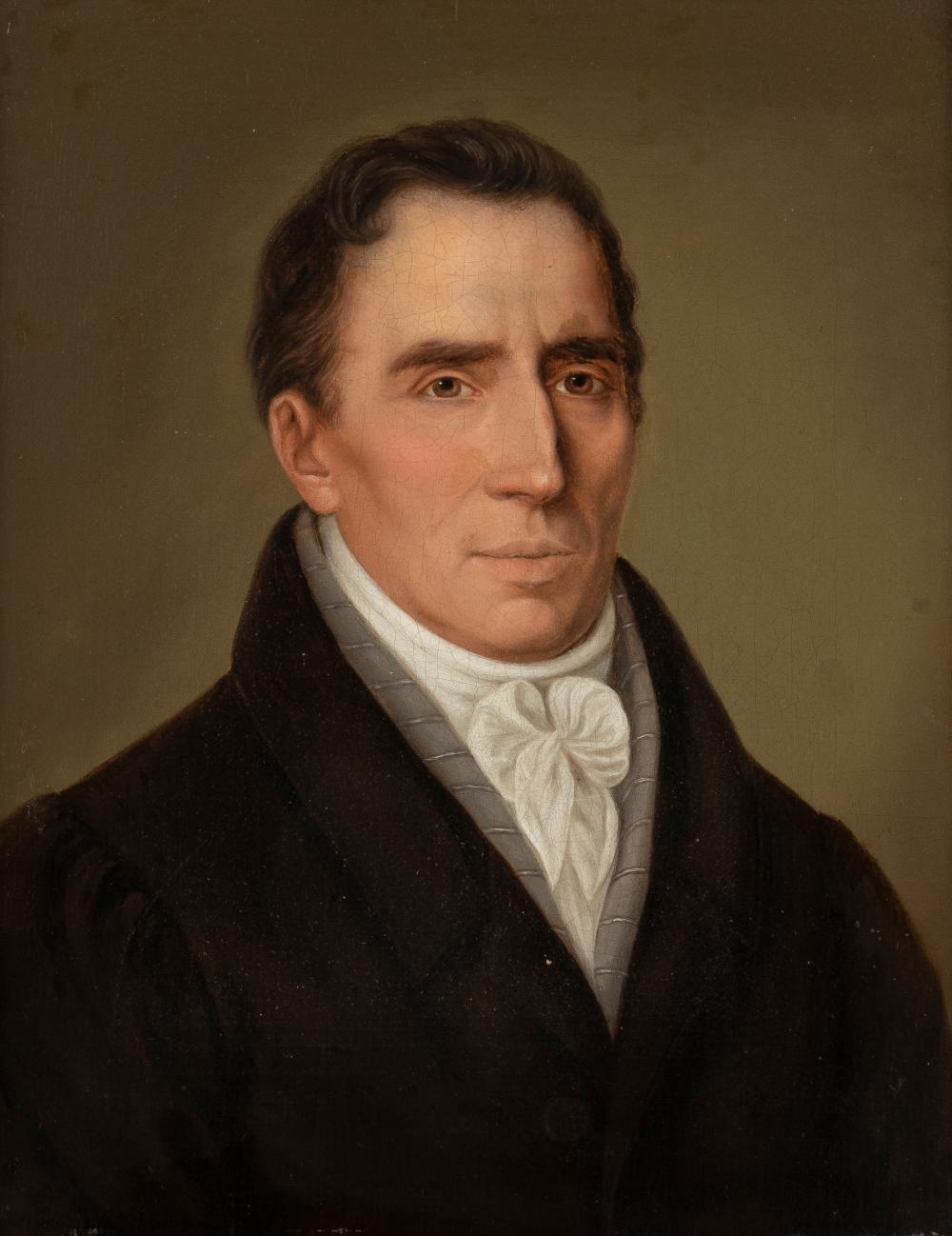
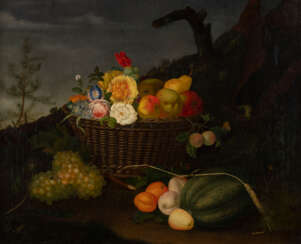



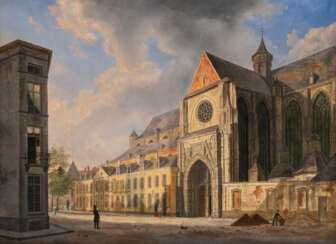

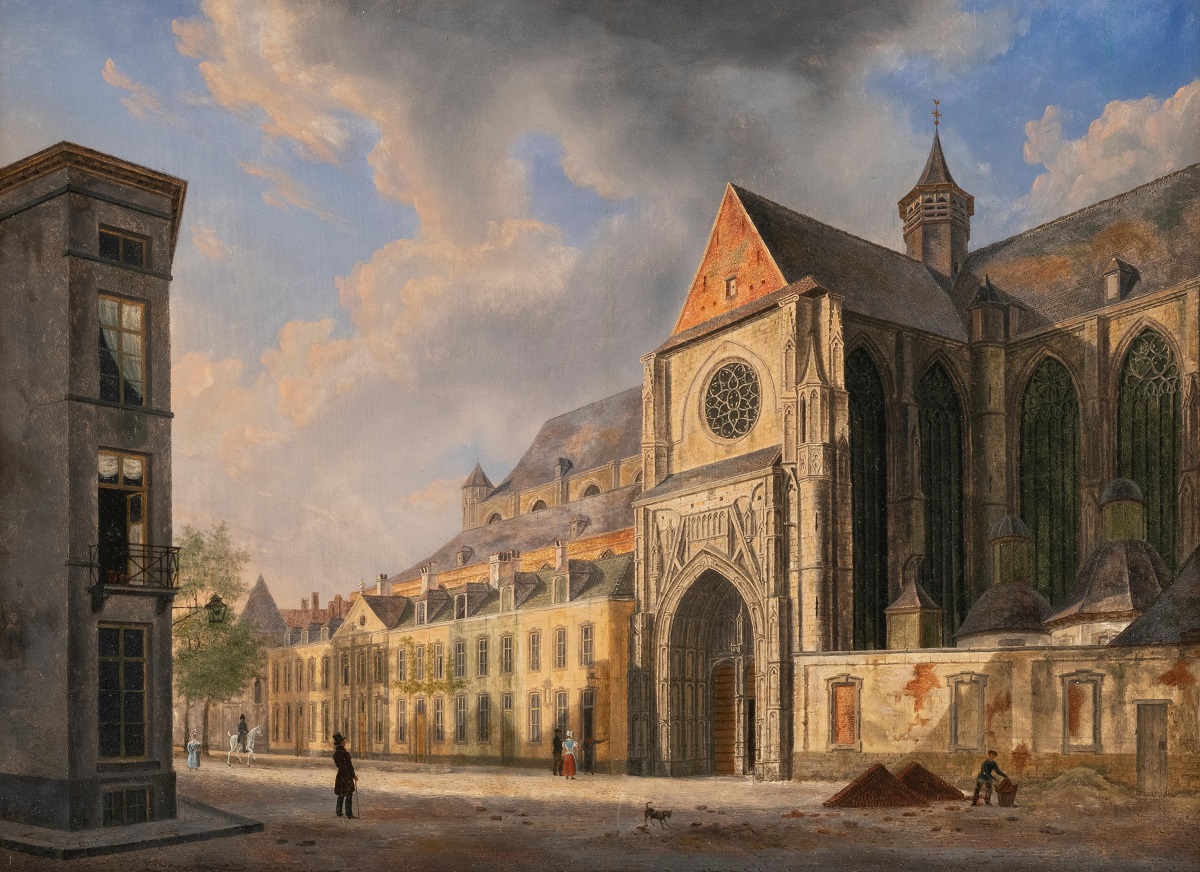



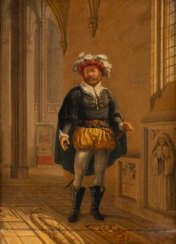

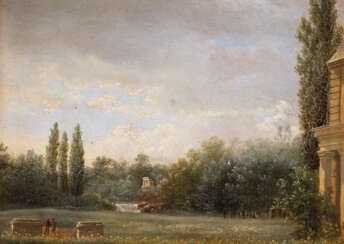

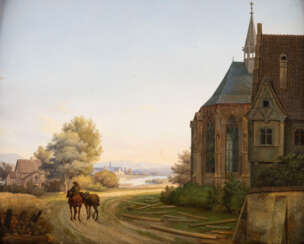

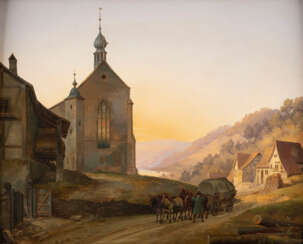



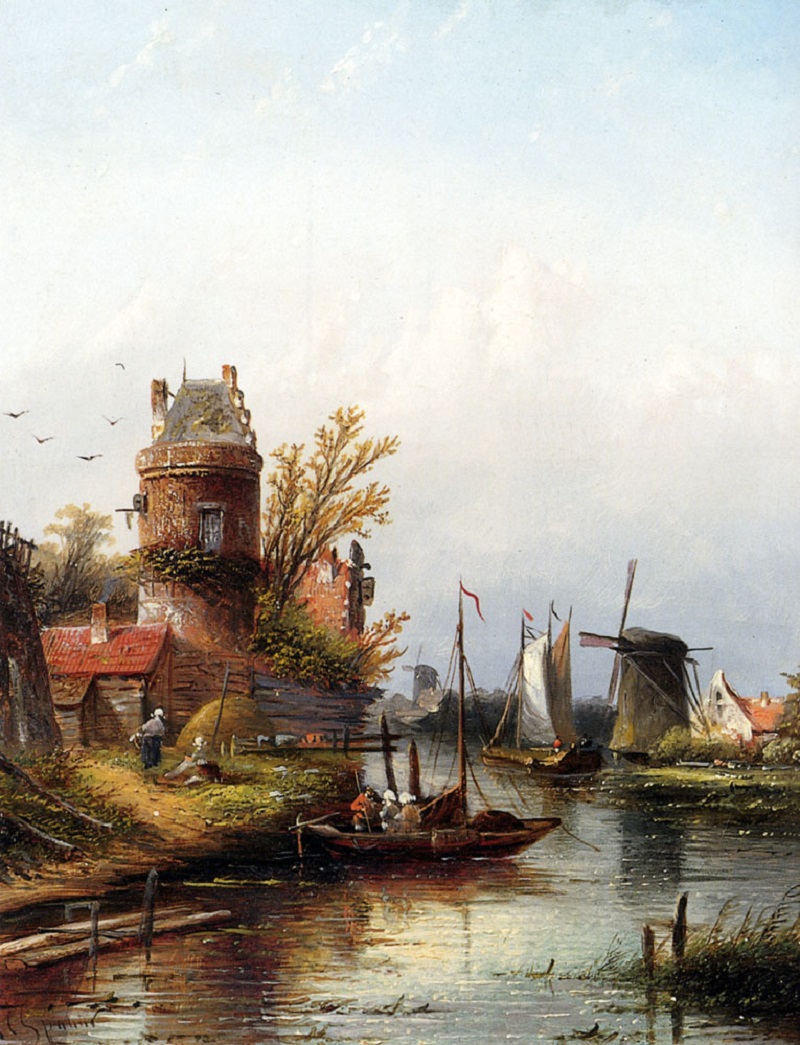




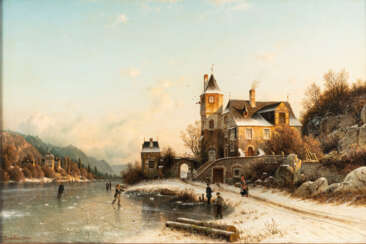

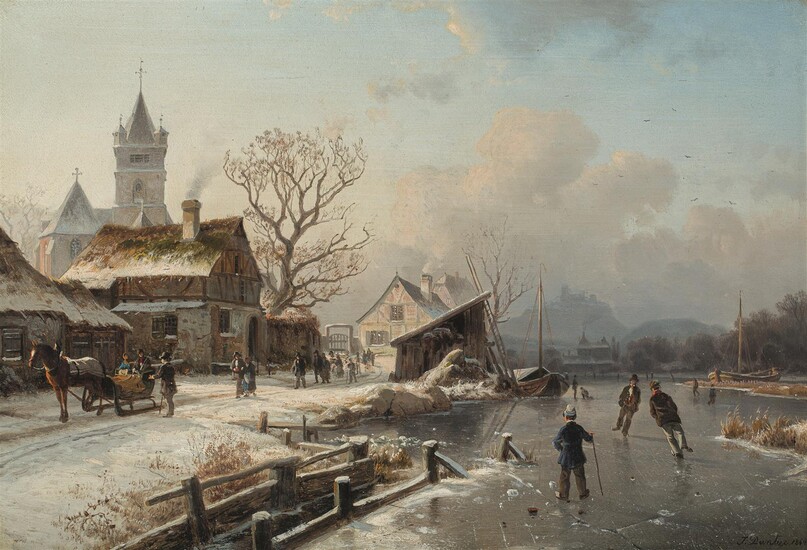
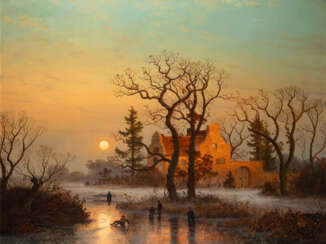

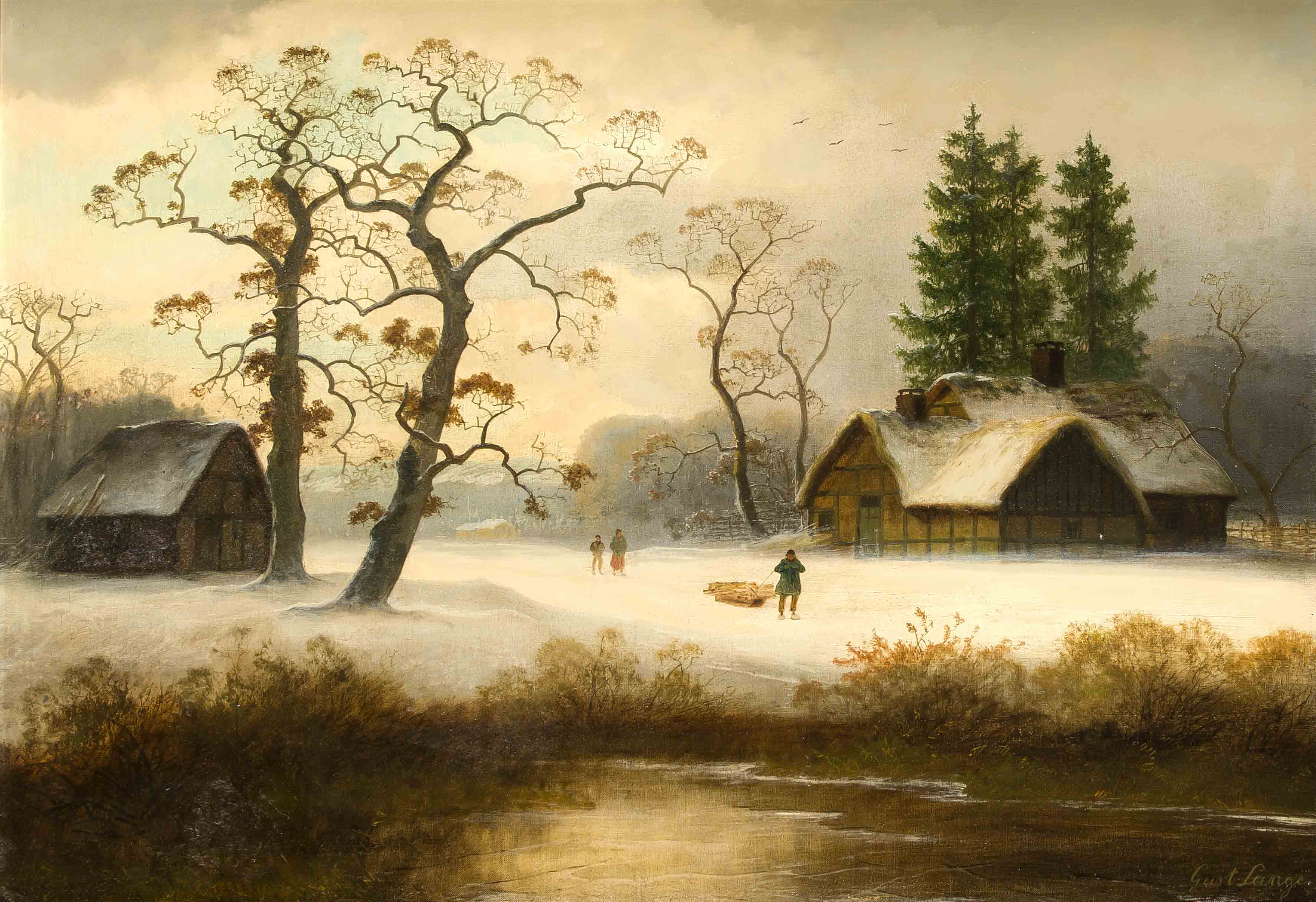


 Zimmermann.jpg)

